There linaiola (Linaria vulgaris) is a plant belonging to the family of Plantaginaceaethe same as the most famous plantain. It is a very common plant in our country, it grows spontaneously from the sea to the mountain area, preferring the margins of cultivated fields, hedges and country roads. It is noted for its summer flowering and appreciated for its medicinal properties. In fact, linaiola has always been used in popular medicine and is still present today in modern herbal practice.
In this article we see how to recognize the Linaria vulgarishow to use it and what are its properties.
Regional names of the linaiola
For its healing properties, linaiola is also known as witch grass. Furthermore, the regional names that have been attributed to it are numerous and curious, for example: lugaina herb And pine trees in Liguria, petion And cacaputa in Piedmont, boche de cà zalde in Lombardy, tooth of can in Veneto, lineria and grass from the strej in Emilia, yellow linaiola And waver in Tuscany, flower of snakes in Abruzzo, bedduvidiri in Sicily.
Botanical sheet of the linaiola
Linaria vulgaris is a perennial species, with the biological form of scapular hemicryptophyte. It has an underground rhizome from which numerous stolons (stems) branch off, up to 50-60 cm high, usually simple or sometimes branched only at the top.
Leaves
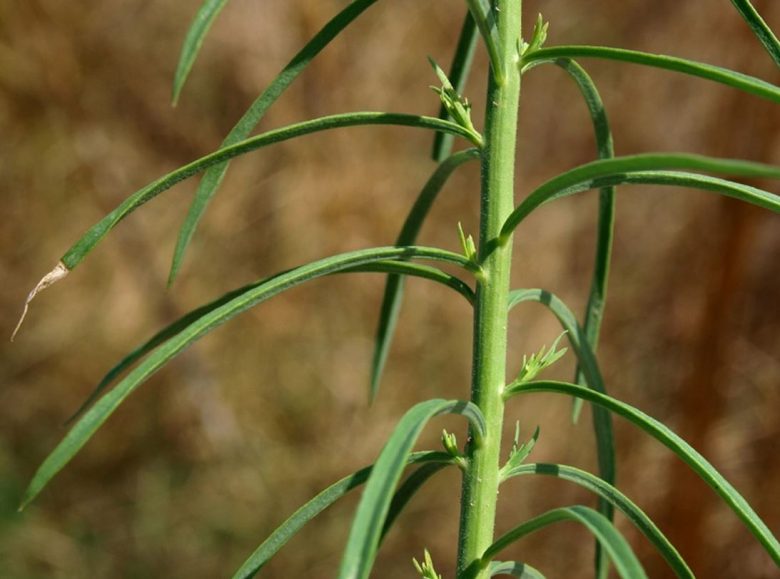
The leaves of the linaiola are scattered on the stem. They are rarely verticillated in three by three, especially the lower ones. They are linear or lanceolate-linear, the margin is entire and the apex long sharp. Only one rib is visible on the bottom surface.
Flowers
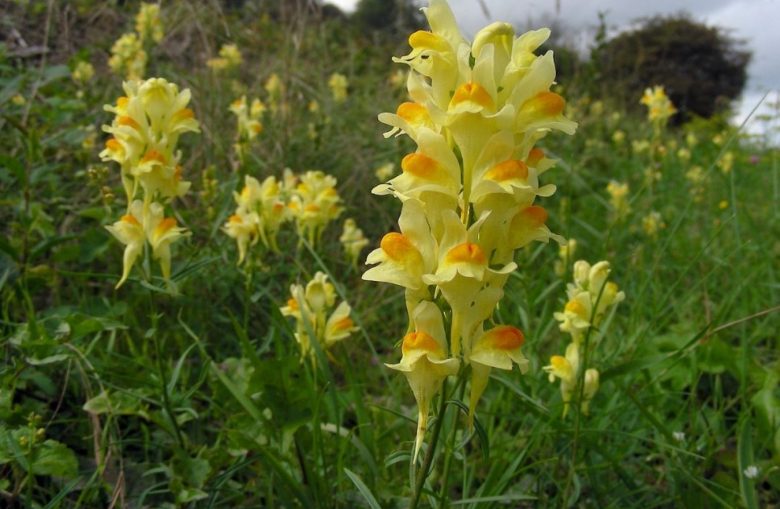
The flowers, arranged at the axil of the upper leaves, form a long raceme. The whole inflorescence is hairy with glands mixed with the hairs. The campanulate calyx is hairless and divided into 5 acute lobes. The corolla is yellow, tubular and extended posteriorly in a thin conical spur. At the fauce the corolla is divided into two lips: the upper is facing upwards and divided into two laciniae, the lower is trilobed and enlarged at the base in an orange protuberance that closes the fauce.
The flowering of the linaiola usually takes place between July and August and is appreciated by bees and other pollinating insects.
Fruits and seeds
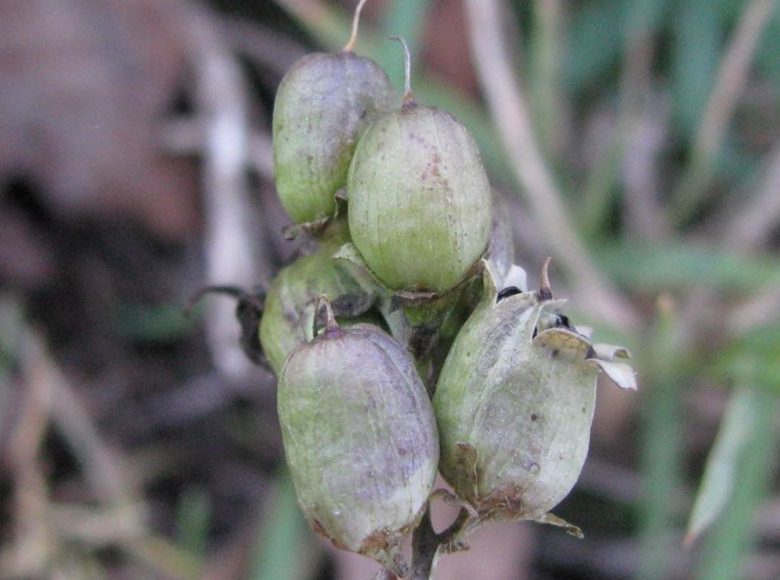
The fruit of the linaiola is a longer capsule than the persistent calyx that opens in the upper part when ripe. It contains numerous black seeds formed by an ovoid part often covered by small tubercles and surrounded by a large membranous area.
Useful parts and collection
Of the Linaria vulgaris the flowering tops are used in herbal medicine. These are harvested in summer, at the beginning of flowering, cutting the plant 5-10 cm below the lower flowers. The tops can be used fresh or dried by arranging them in thin layers or gathered in bunches, arranged in the shade in an airy place. Once dry, they can be stored in paper bags.
Properties of the linaiola
THE main constituents of linaiola are: tannins, mucilages, pectins, organic acids.
From these active principles derive properties: astringent, anti-inflammatory, anti-haemorrhoidal.
Indications
Linaiola is a plant that has been used for centuries for the treatment of haemorrhoidal disorders. Used fresh in pulp, in decoction or as an ointment, it gives immediate relief to the affected part by calming itching and painful manifestations. However, this use is recommended only in mild forms of hemorrhoids, those without bleeding so to speak.
In general, linaiola has a good astringent and emollient effect on reddened skin. It is also useful on areas of the skin affected by boils, to cleanse inflamed eyelids and the eye contour, using it instead of water.
A curiosity, the flowers of the linaiola were used to dye the cotton fabrics yellow.
Domestic use
At home, fresh or dried flower tops are used.
The fresh and well washed plant is reduced to pulp with a blender and can be applied, through compresses, on the interested parts.
With the dry drug a decoction is prepared instead, using 5 g in 100 ml of water. With the filtered decoction, washings and soaked compresses are made to apply on red or painful areas.

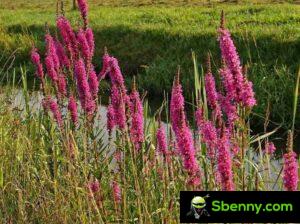
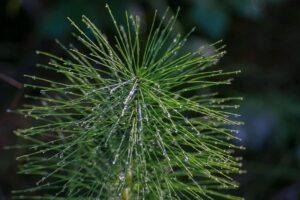
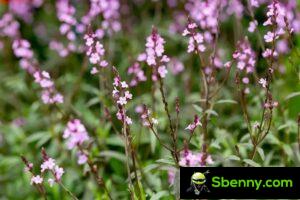
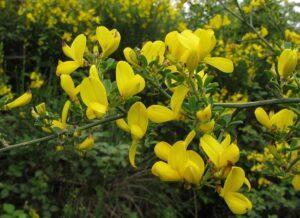
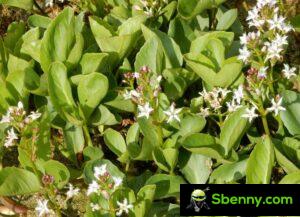
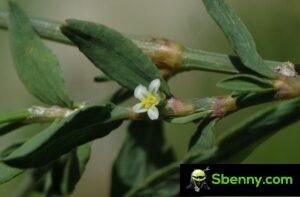
Start a new Thread